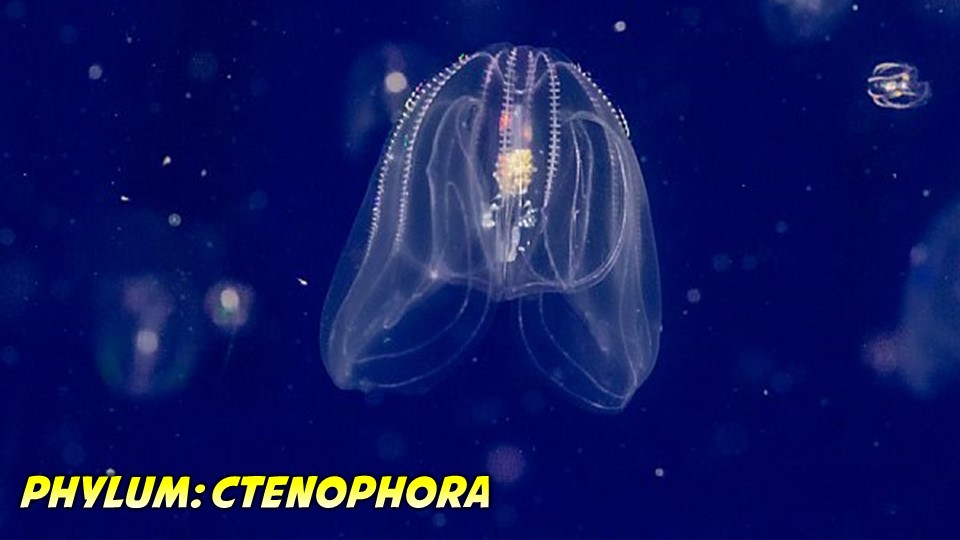Ctenophora General Characteristics and Classification
After reading this article you will learn about Ctenophora General Characteristics and Classification
Ctenophora General Characteristics
- Habit & Habitat – Exclusively marine and mostly solitary
- Ctenophora are also known as comb jellies due to presence of external rows of ciliated comb plates
- Ctenophora composed of two layers of tissue known as ectoderm and endoderm with non cellular layer called mesoglea in between
- Epidermis is made of Sensory cells, mucus secreting cells, lasso cells and nerve cells
- Gastrodermis is layered tissue with Long storage cells, germ cells and photo cells
- Tentacles are present. Solid and adhesive cells are present called lasso cells which help in catching prey
- Sexes are not separate
- Reproduction takes place by sexual means
- Fertilization is external
- Development is indirect type
- Immature ciliated stage larva called cydippid larva
Classification of Ctenophora
Class 1. Tentaculata
- The body is rounded or oval o ribbon like
- Two long aboral tentacles are present
- Mouth narrow and pharynx small
- E.g. Hormiphora (The Sea Walnut), Pleurobrachia (The Sea gooseberry), Cestum (The Venus’ Girdle).
Class 1. Nuda
- The body is large and conical
- Without tentacles
- Wide mouth and large pharynx
- E.g. Beroe (Swimming eye of cat)
For more detailed information about Animal Kingdom, visit YouTube Channel.
Phylum Cnidaria: General Characteristics and Classification | 100% Free Biology Notes
Phylum Porifera: General Characteristics and Classification | 100% Free Biology Notes
